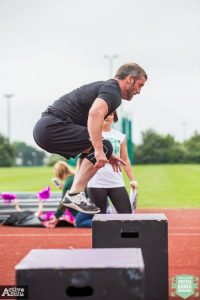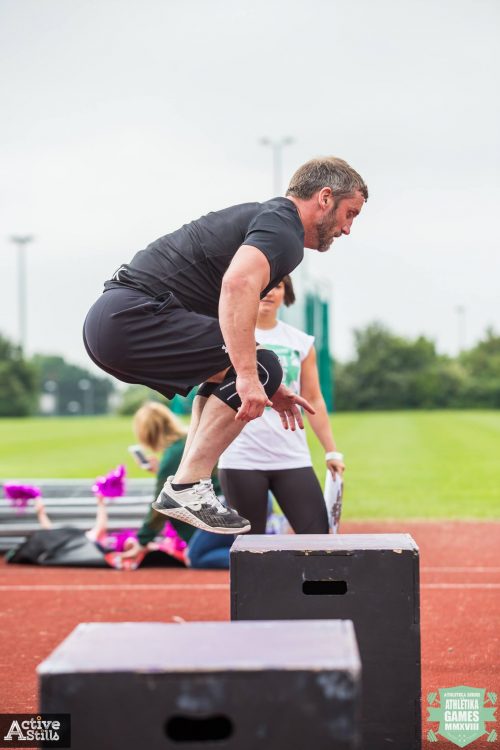Lockdown has left many of us searching for different methods of staying fit. In Nathan’s latest article, he talked about staying “fit for purpose”. While there are indeed many different ways of staying, those of us with performance goals need to be fit for purpose. I want to delve a little deeper into a few exacts. When looking at how long various factors in fitness hang around; power, max speed and acceleration are at the bottom of the pack. Because of this, it is essential to train these explosive qualities during our lay off from “normal” training. It also helps that they are easily trained without equipment, via the use of plyometrics. However, you can’t just jump straight in (excuse the pun) with plyometrics. As a Leading Personal Trainer in Berkshire, I want to talk about how to progress plyometrics.
The Plyometric Exercise Continuum
As with anything within the world of coaching, there are going to be deviations from the norm. In addition, everyone is going to have a slightly different starting point and respond differently. So use the following as a frame work!
Stage 1 – Eccentric absorption. Before throwing yourself energetically in the air, you need to make sure you can land. More importantly you need to make sure that your joints and tissues able to tolerate the forces you experience when landing. Start with dropping from your tip toes down into an athletic ready or base position. Snap yourself down and accept the forces quickly and with stability. From here you can progress to dropping from progressively higher surfaces. The normal points apply, strong athletic landing, knees don’t cave in, body doesn’t collapse.

Stage 3 – Jump integration. Starting adding variety of direction and start position to your jumps. Add countermovement jumps, squat jumps, broad jumps and lateral jumps.
Stage 4 – Continuous / rebound jumps. Don’t go straight in on the intensity here, start by stringing 4-5 jumps together in which you can control the movement and avoid any technique faults. Want to challenge yourself further? Rebound through a sequence of different jump styles. My personal favorite is a knee jump + vertical jump + broad jump (video here).
Stage 5 – Shock method / elastic jumps. These are the jumps that are going to put the most amount of stress through your system. Rebounding single leg hops, two footed pogo jumps and drop jumps are all examples of these jumps. I am not going to add video demos here as you must make sure you have completed the other stages first!
Progress Slowly, Master the Basics
Plyometrics can take their toll on the body. Approach them slowly and sensibly! By moving steadily through the continuum you can ensure that you are prepared for each stage. In doing this you can ensure you will be fit for purpose.
